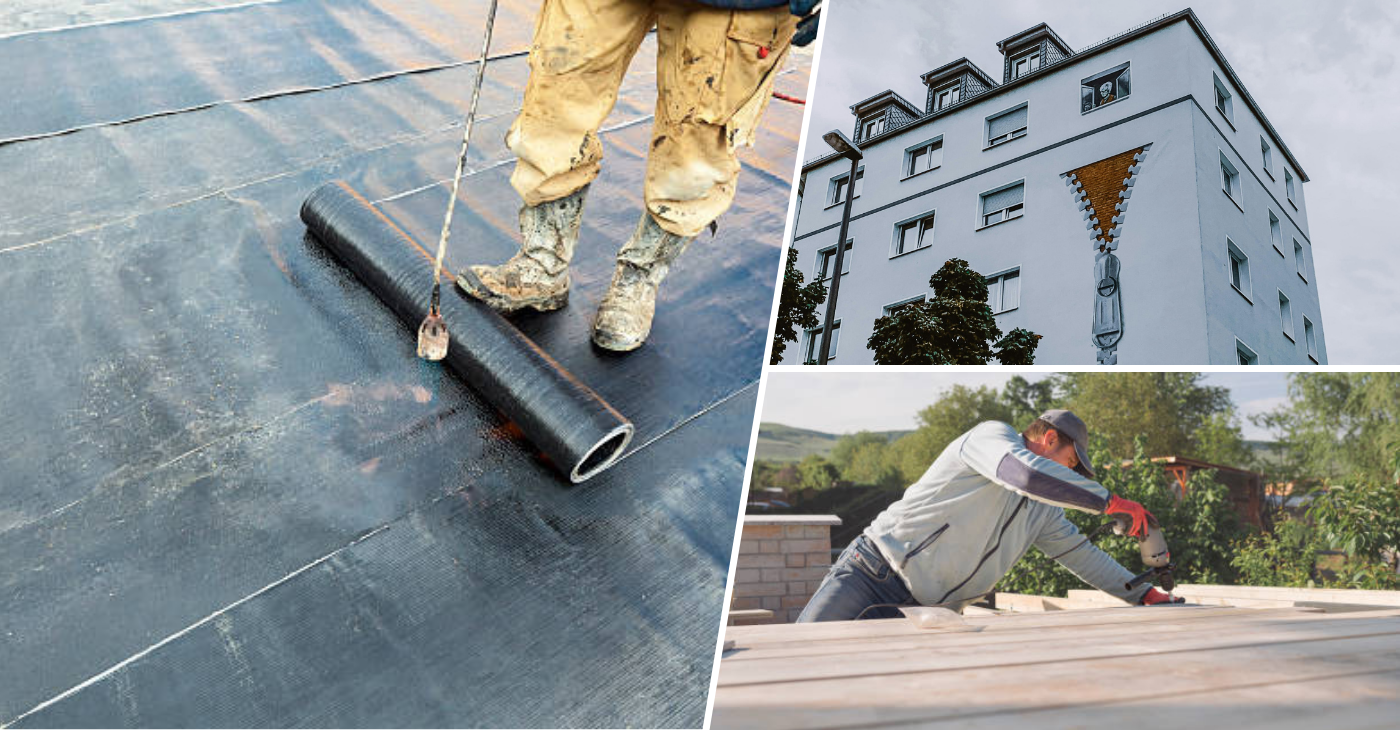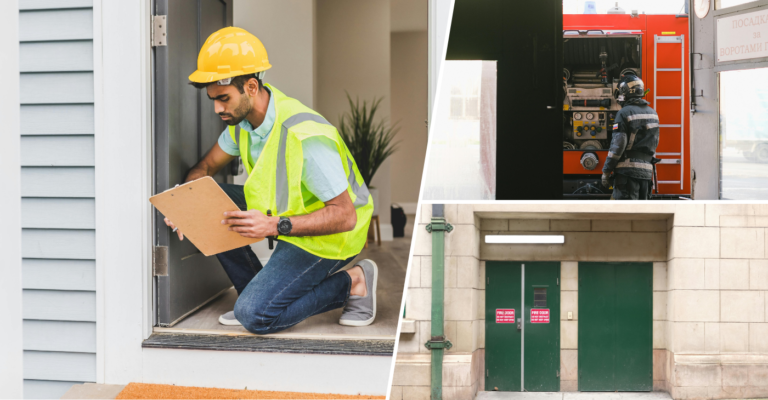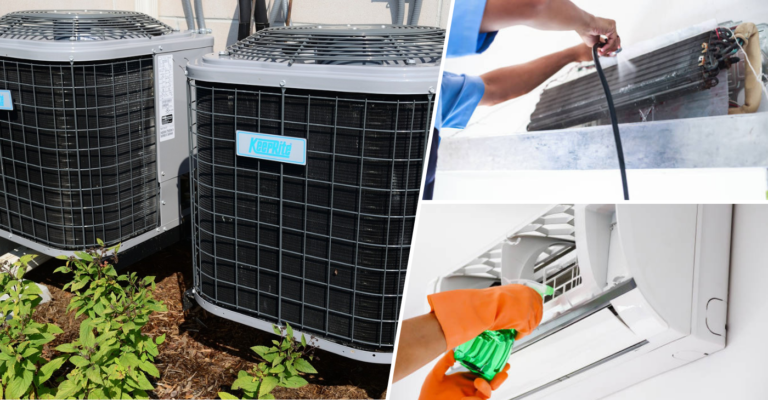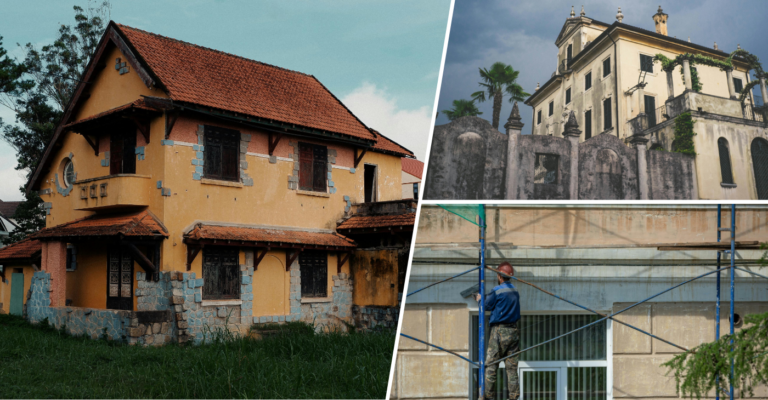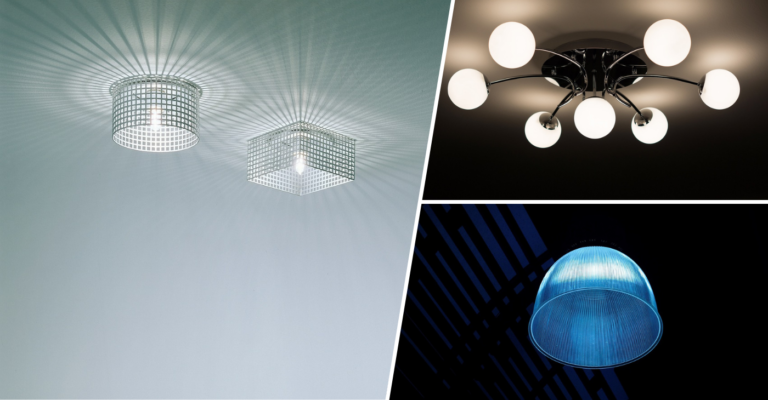Guide: Why you should upgrade to flat roof insulation?
Flat roof insulation is vital for keeping homes and commercial buildings energy-efficient. Flat roofs look modern and stylish but don’t naturally regulate temperature as well as pitched roofs. Insulation helps prevent heat loss in winter and keeps the space cooler in summer. This improves comfort and saves on energy bills. In this guide, we’ll look at the key benefits of flat roof insulation, the types available, and why it’s a smart, long-term investment for any property.
What is flat roof insulation?
Flat roof insulation is a method used to enhance the thermal efficiency of buildings with flat roofs. It helps make flat roofs more energy-efficient. It adds a layer of insulation to control temperature and prevent heat loss. This keeps buildings warmer in winter and cooler in summer. Flat roofs have less natural temperature control, so insulation is essential. It also reduces energy bills and protects the roof from weather damage.
Why is flat roof insulation important?
Flat roofs are more exposed to weather conditions than other types of roofs. Heat can easily escape in winter, and your home can get too hot in summer. This can lead to higher energy bills and uncomfortable living spaces. So, a flat roof requires insulation to keep your home warmer. Here’s why flat roof insulation matters:
- Improves energy efficiency: Insulation helps keep the heat inside during winter and keeps the heat out during summer. This means your home stays at a comfortable temperature all year.
- Creates comfort: Insulation keeps the indoor temperature stable. You won’t feel the effects of the changing weather outside as much.
- Saves on energy bills: A properly insulated flat roof reduces the need for constant heating or cooling. This cuts down your energy costs.
- Extends roof life: Insulation can protect your roof from temperature extremes and moisture. This helps the roof last longer.
- Good for the Environment: When you use less energy to heat or cool your home, you reduce your carbon footprint. It’s an eco-friendly choice.
Why you should upgrade?
Types of flat roof insulation
There are several types of roof insulation. The right one for you depends on your budget, climate, and needs. Let’s look at the most common ones:
- Rigid foam insulation Rigid foam boards are a popular choice. They come in materials like polystyrene or polyisocyanurate. They are lightweight, offer good heat resistance, and resist moisture. However, they can be a bit more expensive than other options. Installation is also easy, making them a practical choice.
- Spray foam insulation Spray foam is applied as a liquid and expands into foam. It fills gaps and creates an airtight seal. This makes it excellent for insulating hard-to-reach areas. It’s also great at blocking heat. However, it requires professional installation and can be costly. The foam adds strength to the roof but may not fit every budget.
- Mineral wool insulation Mineral wool is made from natural materials like rock or recycled slag. It’s fire-resistant and provides good soundproofing. It’s also eco-friendly. However, mineral wool can absorb moisture if not installed properly. It’s heavier than other types, so it may not be suitable for all roofs.
- Fiberglass insulation Fiberglass is an affordable option for flat roofs. It’s made from glass fibers and traps heat well. It’s easy to install and widely available. However, it can lose its effectiveness if exposed to moisture, so a vapor barrier is needed.
Warm roof vs. cold roof insulation
There are two main ways to insulate a flat roof: warm roof and cold roof insulation. Understanding the difference is key to choosing the right method.
- Warm Roof Insulation In a warm roof system, the insulation goes above the roof deck. This keeps the entire roof warm and prevents condensation. It’s more energy-efficient but costs more to install.
- Cold Roof Insulation In a cold roof system, the insulation is placed between the roof beams, under the deck. The roof deck is exposed to the weather. This method is cheaper, but it can lead to moisture and condensation problems if not ventilated well.
Pros and cons of different insulation types
Each type of insulation has its own advantages and disadvantages. Rigid foam insulation provides excellent heat resistance and is moisture-resistant, but it’s more expensive. Spray foam creates an airtight seal and adds strength, but it requires professional installation and costs more. Mineral wool is fire-resistant and eco-friendly but heavier and can absorb moisture. Fiberglass is affordable and easy to install but may lose effectiveness if it gets wet.
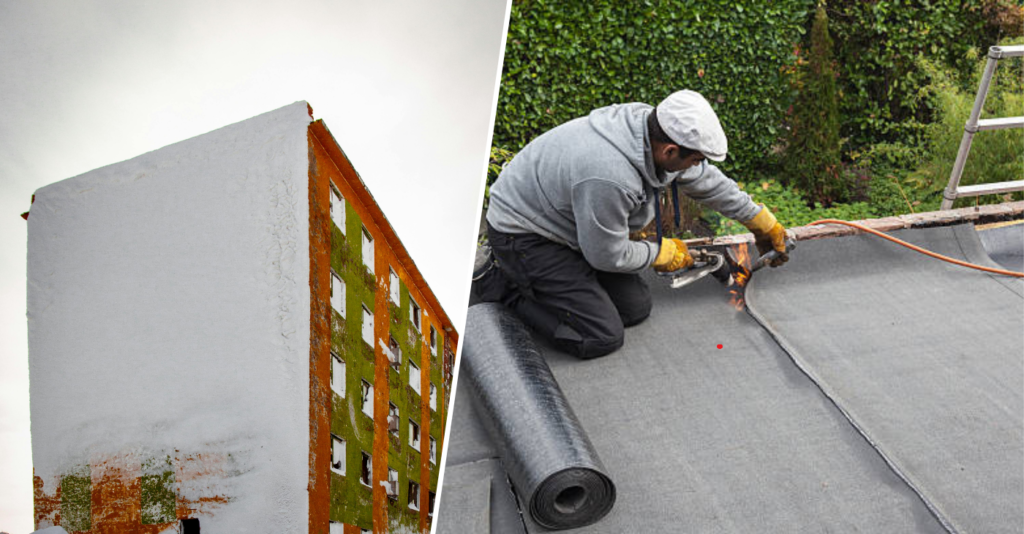
Factors to consider when choosing roof insulation
When deciding on the best insulation for your flat roof, several factors need to be taken into account:
- Climate The climate in your region will play a big role in determining the type of insulation you need. In colder climates, a higher R-value insulation is recommended to provide better thermal protection. In warmer climates, moisture resistance and ventilation may be more important.
- Budget Your budget will influence the type of insulation you choose. While some insulation materials offer better thermal performance, they may also come at a higher cost. It’s important to balance the initial cost of the insulation with the long-term energy savings you’ll achieve.
- Roof accessibility If your flat roof is difficult to access, spray foam insulation or rigid boards may be the best options, as they are easier to install in tight spaces. In contrast, more traditional insulation materials may require greater access to the roof structure.
- Moisture control Flat roofs are more prone to water pooling and moisture buildup than pitched roofs. Choosing insulation that resists moisture, such as rigid foam or spray foam, can help protect your roof from water damage and mold growth.
- Ventilation Proper ventilation is essential in any flat roof insulation system, especially in cold roof installations. Without adequate ventilation, moisture can build up inside the roof, leading to condensation and potential structural damage.
How much does flat roof insulation really cost?
When thinking about the flat roof insulation cost, several factors can influence the final price, such as the type of insulation, roof size, and installation method. Typically, flat roof insulation cost range from £30 to £35 per square meter, but this can vary based on your specific project needs.
Factors to Consider
- Type of Insulation:
- PIR (Polyisocyanurate) boards: A high-performance material known for its excellent thermal resistance. While it offers great insulation, it tends to cost around £12.50 per square meter. The thicker the boards, the higher the price.
- Expanded polystyrene (EPS): A more affordable option with good moisture resistance. Though its thermal efficiency is slightly lower, EPS remains a popular, budget-friendly option for flat roofs.
- Spray foam insulation: This material offers superior air-sealing properties but comes at a higher cost. Spray foam requires professional installation, which increases both labor and material expenses.
- Installation method:
- Warm roof insulation: In this method, the insulation is applied above the roof deck. This ensures better protection from heat loss but can be more expensive due to the extra materials and labor needed.
- Cold roof insulation: Here, the insulation is placed between the roof joists, making it a cheaper option. However, it may lead to condensation issues in certain climates, which can result in additional costs later on.
- Roof size and complexity: The larger the roof, the more insulation material and labor you’ll need. If the roof has complex features like skylights or multiple edges, the overall cost can rise due to the increased difficulty of installation.
- Long-term savings: Although the initial cost might be substantial, insulating a flat roof can lead to significant savings on energy bills. Insulation reduces the amount of heat escaping in winter and entering in summer, helping lower heating and cooling costs in the long run.
- Regulatory requirements: Building regulations often specify certain insulation standards. For example, some areas require insulation that achieves a specific U-value (a measure of heat loss). Complying with these regulations may influence the cost, as thicker or higher-quality insulation may be necessary.
Conclusion: Why choose flat roof insulation?
Flat roof insulation offers a range of benefits that can enhance the comfort, energy efficiency, and longevity of your home or business. By reducing heat loss, improving indoor comfort, and lowering energy bills, it’s a cost-effective solution that pays for itself over time. Whether you choose rigid foam, spray foam, mineral wool, or fiberglass, insulating your flat roof is an investment in the future of your building. If you’re planning to install flat roof insulation, make sure to consider your climate, budget, and the type of roof you have to select the best insulation option for your needs. Properly insulated, your flat roof can protect your home from the elements, reduce your environmental impact, and save you money on energy costs for years to come. Read more about insulated roof panels.

